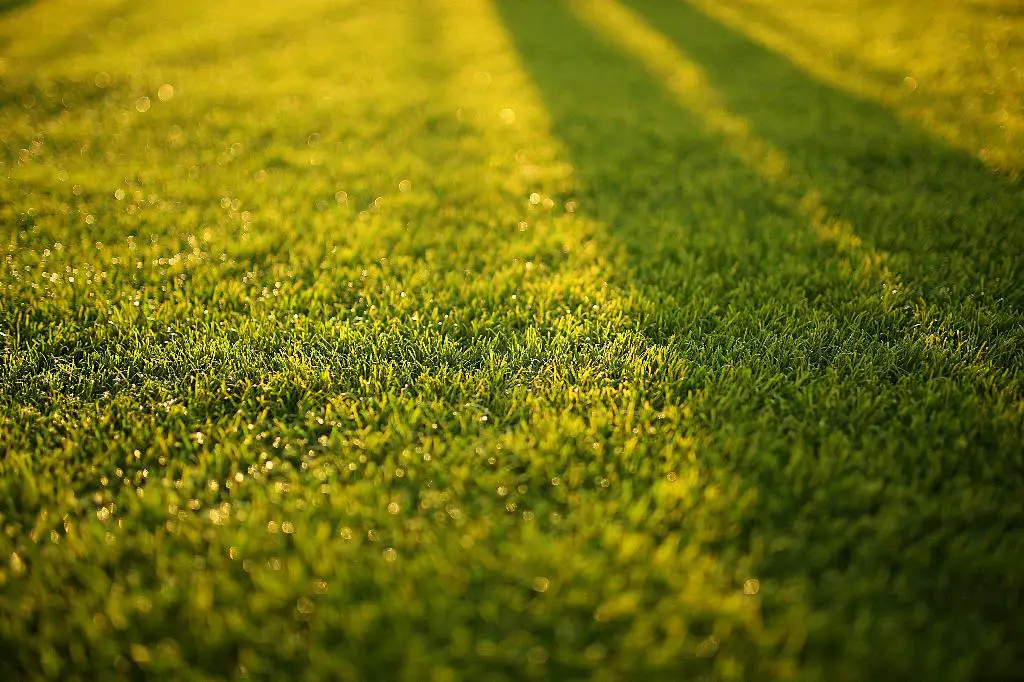When it comes to fertilizing your lawn, determining the correct amount of fertilizer to apply is crucial for promoting healthy growth and lush green grass. The ideal recommendation is to apply two pounds of nitrogen per 1,000 square feet of lawn. If your fertilizer contains 20% nitrogen, you can easily calculate the amount of fertilizer needed for your specific lawn area.
Understanding the Nitrogen Content in Fertilizer
Nitrogen is a vital nutrient for plant growth, and it plays a key role in promoting healthy lawn development. Fertilizers typically indicate their nitrogen content on the packaging as a percentage. In this case, with a 20% nitrogen content, it means that for every 100 pounds of fertilizer, 20 pounds consist of nitrogen.
Applying the Correct Formula
To calculate the amount of fertilizer needed for your lawn, you can use a simple formula based on the nitrogen recommendation and the fertilizer’s nitrogen content. In this scenario, you would need to apply 10 pounds of the fertilizer per 1,000 square feet of lawn. This calculation is obtained by multiplying the two pounds of nitrogen recommendation by the five pounds of the nitrogen-containing fertilizer.
Ensuring Even Distribution
When applying fertilizer to your lawn, it is crucial to ensure even distribution to avoid over or under-fertilizing certain areas. Consider using a spreader to evenly distribute the calculated amount of fertilizer across the lawn surface. This method helps prevent patchy growth and ensures consistent greening.
Benefits of Proper Fertilization
Proper fertilization provides essential nutrients for your lawn, encouraging healthy root development and enhanced overall growth. By following the recommended guidelines for nitrogen application, you can promote vibrant green grass and improve the resilience of your turf against environmental stressors.
Measuring Lawn Area
Before determining the amount of fertilizer needed, it is essential to accurately measure the total area of your lawn. By calculating the square footage, you can ensure precise application and avoid wastage of fertilizer. Divide your lawn into manageable sections for more efficient fertilizing.
Factors Affecting Fertilizer Application
Various factors can influence the effectiveness of fertilizer application, such as soil type, climate conditions, and grass species. Understanding these factors can help optimize the fertilization process and tailor it to meet the specific needs of your lawn.
Timing of Fertilizer Application
The timing of fertilizer application is crucial for achieving the best results. Generally, it is recommended to fertilize your lawn during the growing season when grass actively absorbs nutrients. Avoid fertilizing during extreme weather conditions or drought periods to prevent nutrient runoff and ensure maximum absorption.
Monitoring Lawn Health
Regularly monitoring the health of your lawn can provide valuable insights into its nutrient requirements. Look out for signs of nutrient deficiencies, such as yellowing or stunted growth, and adjust your fertilization schedule accordingly. Adequate fertilization contributes to a vibrant and thriving lawn ecosystem.
Seeking Professional Advice
If you are unsure about the correct amount of fertilizer to apply or encounter challenges with lawn growth, consider seeking guidance from a professional landscaper or agricultural expert. They can offer tailored recommendations based on your lawn’s specific needs and help you achieve optimal results.
Environmental Considerations
When applying fertilizer to your lawn, be mindful of environmental considerations to minimize the impact on surrounding ecosystems. Avoid excess fertilizer runoff into water bodies and follow local guidelines for responsible fertilization practices. By practicing eco-friendly lawn care, you contribute to a sustainable and healthy environment.
Conclusion
In conclusion, determining the right amount of fertilizer for your lawn is essential for promoting healthy growth and maintaining a lush green appearance. By understanding the nitrogen content in your fertilizer, calculating the appropriate application rate, and ensuring even distribution, you can enhance the overall health and vitality of your lawn. Follow the recommended guidelines, monitor your lawn’s health, and seek professional advice when needed to achieve a flourishing and resilient turf that enhances your outdoor space.

